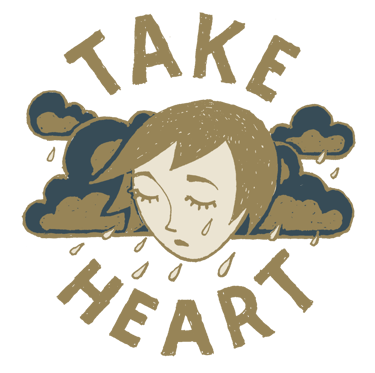Japanese memories
Musing
The first cultural experience I can remember outside of the scattering of family and white farmers I grew up among, was taking a field trip on Japan Airlines (JAL) when I was 9 years old. This was a surprising and unlikely event, considering I was home-schooled and lived deep in farming country. I’m not sure how it came about—through the prodding of one of my mother’s friends, I think—but in any case, I found myself on board my first airplane (a 747 Jumbo Jet), surrounded by people who were wholly strange to me. When the stewardesses came into the cabin to talk with the group of children I still remember my self-conscious awe—they were so beautiful! Two of the women (their names were Keiko and Shimamura) wrote my name in Kanji and talked to me about their homes in Tokyo. My tiny Eastern Washington world had expanded and altered forever. Over the next few years I read about Japan, watched a lot of anime, briefly took lessons in Japanese and vowed to visit one day.
Inevitably, things change as we get older, and my interest in Japan went into hibernation. I got married, moved to new towns, changed careers, had kids. When I started writing picture books, I begin sifting through the mistier parts of my memory, my childhood, seeking authentic material for my stories. What did I care about when I was little? What did I want to do? Which brought me back to Japan.
Then I made a shocking discovery. Somehow, in all my reading I had never uncovered the events that began in 1942 on the West Coast, resulting in, after American slavery of black people, one of the worst violations of human rights in our country’s history. I tried to talk to people about it, but my questions were met with blank looks. No one seemed to have ever heard of the internment of Japanese Americans in WWII. How was this possible?
I began researching and reading articles, accounts and historical fiction: Hotel on the corner of Bitter and Sweet by Jamie Ford, and Paper Wishes by Lois Sepahban. I visited the Panama Hotel in Seattle, and interviewed Dr. Uchiyama. At the encouragement of my wife Anna, I wrote a children’s picture book with those Seattle events in the 1940s as the backdrop to the story.
In our present time of social and cultural unrest in America, it’s important to remember the humanity of the people around us, regardless of where they come from. America talks about building walls, deporting, restricting, protecting ourselves. There are troubling issues on both sides. There is no easy answer or blanket policy that makes sense. In 1941 Japan attacked Pearl Harbor—but the Japanese Americans living in this country, then as now, were as American as any of us. Many were second generation Americans. To associate them with the actions of their country of origin, to persecute, antagonize and insult them, force them to leave their homes, abandon their possessions, and ship them off to internment camps is ridiculous and horrific.
We are all immigrants. Every one of us. Our families and ancestors were welcomed by those who were here before us, and we carved out lives as strangers in a new land. That is what America is and has been since the start. Let’s not not forget why people come here.



